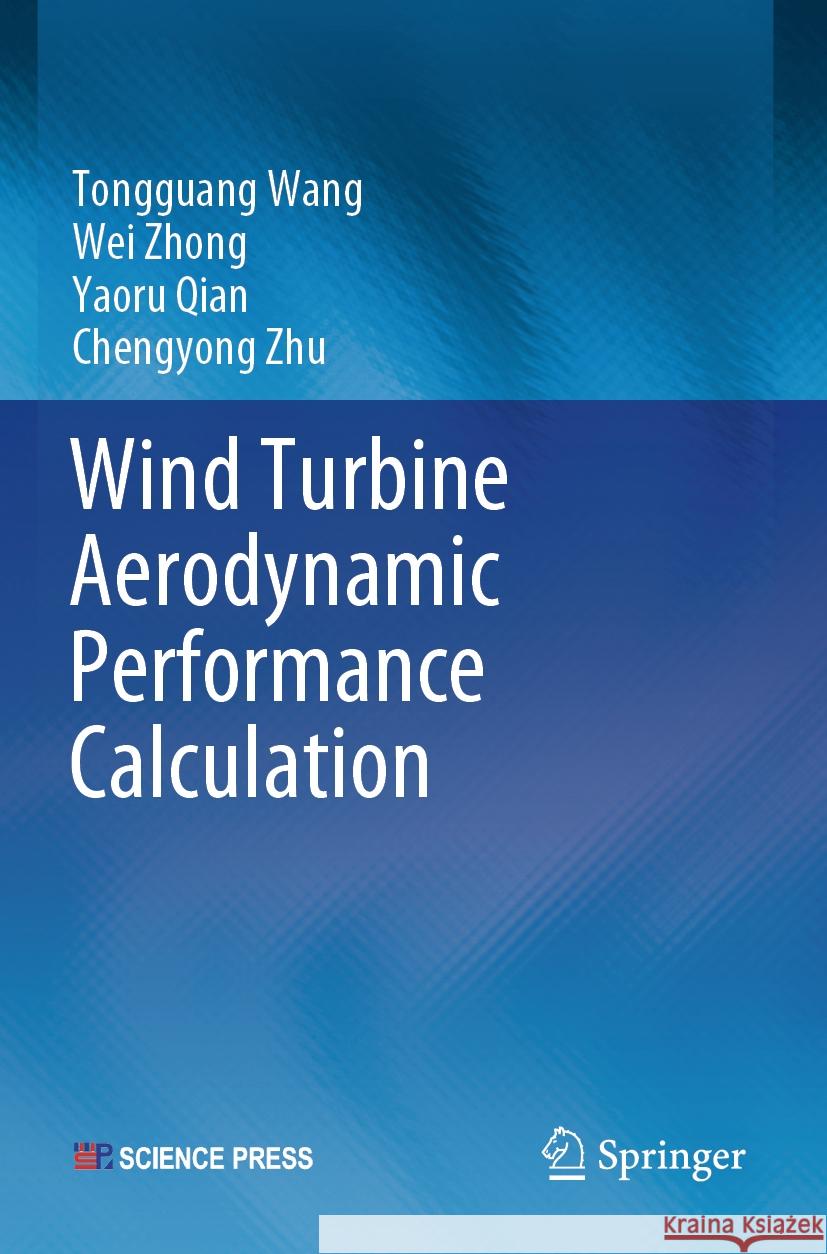topmenu
Wyniki wyszukiwania:
wyszukanych pozycji: 2
 |
Wind Turbine Aerodynamic Performance Calculation
ISBN: 9789819935116 / Angielski / Miękka / 2024 Termin realizacji zamówienia: ok. 22 dni roboczych (Bez gwarancji dostawy przed świętami) This book deals with horizontal-axis wind turbine aerodynamic performance prediction methods. It focuses on the traditional and newly-developed methods for the wind turbine aerodynamic performance calculation. The fundamental theories of fluid mechanics essential for understanding the other parts of this book are firstly introduced in Part I, followed by the blade element momentum theory in Part II, with special attentions to a systematic review of various correction models. Part III is mainly about the prescribed and free vortex wake methods, while the state-of-art computational fluid...
This book deals with horizontal-axis wind turbine aerodynamic performance prediction methods. It focuses on the traditional and newly-developed m...
|
cena:
403,47 |
 |
Wind Turbine Aerodynamic Performance Calculation
ISBN: 9789819935086 / Angielski / Twarda / 2023 Termin realizacji zamówienia: ok. 22 dni roboczych (Bez gwarancji dostawy przed świętami) This book deals with horizontal-axis wind turbine aerodynamic performance prediction methods. It focuses on the traditional and newly-developed methods for the wind turbine aerodynamic performance calculation. The fundamental theories of fluid mechanics essential for understanding the other parts of this book are firstly introduced in Part I, followed by the blade element momentum theory in Part II, with special attentions to a systematic review of various correction models. Part III is mainly about the prescribed and free vortex wake methods, while the state-of-art computational fluid...
This book deals with horizontal-axis wind turbine aerodynamic performance prediction methods. It focuses on the traditional and newly-developed m...
|
cena:
524,53 |










